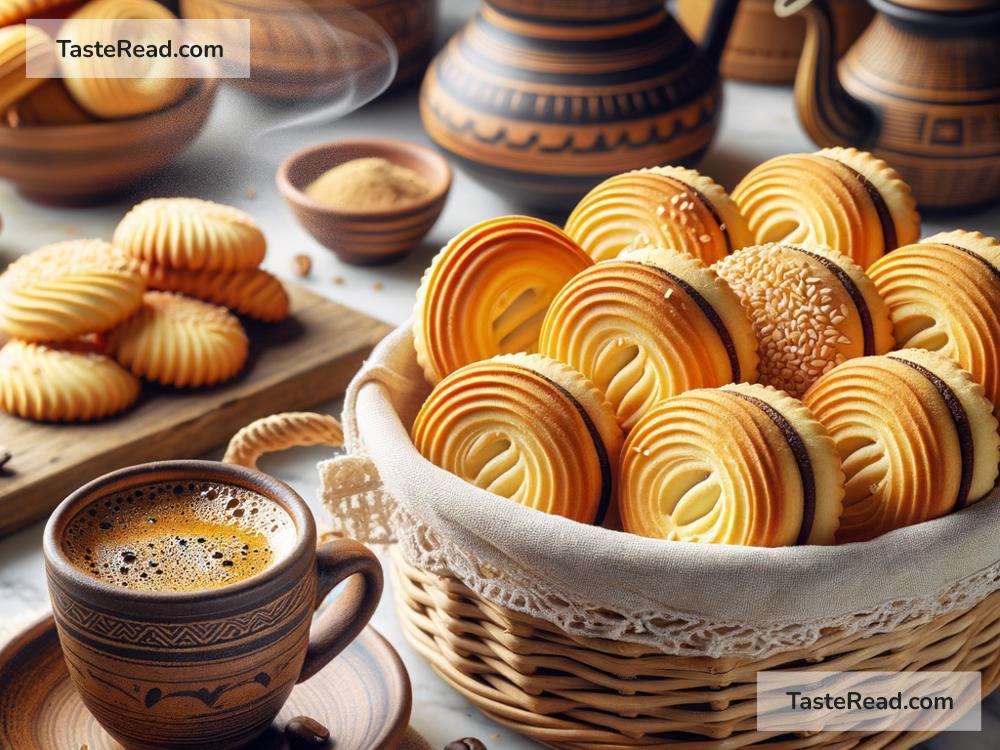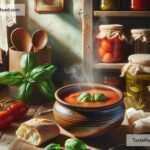Celebrating the Bold Tradition of Greek Koulourakia Biscuit Craft
Greek culture is known around the world for its rich history, warm hospitality, and delicious food. Among its many culinary treasures is a charming and tasty treat called koulourakia. These traditional Greek biscuits are much more than just a sweet snack—they are a celebration of history, family, and creativity. Every bite of koulourakia carries the spirit of Greece’s bold tradition and brings people together in joy and celebration.
What Are Koulourakia?
Koulourakia (pronounced koo-loo-RAH-kee-ah) are traditional butter biscuits with a slightly sweet flavor and a soft, crumbly texture. They are often served with coffee or tea and are enjoyed on special occasions, particularly during Easter. What makes koulourakia stand out is their unique shapes and vibrant golden color. You’ll find them twisted like ropes, braided into loaves, or shaped into coils, circles, or even tiny letter shapes.
These imaginative designs are part of the fun and charm of koulourakia-making. Every family has its own techniques and preferred shapes, passed down from generation to generation. While these biscuits may seem simple at first glance, their preparation is often a labor of love filled with tradition, storytelling, and joy.
A Recipe Rooted in History
The roots of koulourakia go back thousands of years to ancient Greece. In fact, koulourakia’s iconic twisted shapes are believed to have origins in antiquity. Some experts suggest that the spiral and looped designs were inspired by the symbols of the ancient Minoan civilization, which often included spiral patterns in their art and pottery.
Over time, koulourakia became a family tradition, particularly during important religious celebrations. In modern times, they are especially popular during Easter, when families will bake large batches of these biscuits to share with loved ones. This tradition symbolizes friendship and blessing, as friends and family exchange boxes of koulourakia with smiles and warm wishes.
How Are Koulourakia Made?
Making koulourakia is an art that combines simple ingredients with creative hands. The key to a delightful batch of biscuits is high-quality butter, which gives them their rich flavor and flaky texture. Other ingredients typically include sugar, eggs, flour, vanilla extract, and sometimes orange juice or zest for a citrusy twist.
What sets koulourakia apart from other biscuits is the dough’s ability to hold its shape during baking. This allows bakers to twist, braid, and create intricate designs without worrying about the biscuits losing their form. Before baking, each biscuit is brushed with an egg wash to give it a shiny, golden brown finish. Some recipes even sprinkle sesame seeds on top for added texture and flavor.
The process of making koulourakia is often a group activity. Families, especially grandmothers, mothers, and children, come together to roll out the dough and shape it. This is a time for sharing stories, laughing, and creating memories. For many, these moments of baking koulourakia are as sweet as the biscuits themselves.
A Symbol of Connection
Koulourakia carry a deeper meaning beyond their flavor and aesthetic appeal. They represent connection—to culture, family, and friends. Baking koulourakia is an act of preserving tradition, honoring the past, and passing down the knowledge and skills of old generations to new ones.
In Greek households, giving koulourakia to guests is a sign of hospitality and kindness. Whether offered with a cup of strong coffee or a glass of chilled orange juice, the biscuits bring comfort and joy to those who receive them. They remind us that food is not only nourishment for the body but also a way to nurture relationships and communicate love.
How to Celebrate Koulourakia Today
Even if you’re not Greek or don’t have a family tradition tied to koulourakia, you can celebrate this delightful biscuit craft by trying your hand at baking them in your kitchen. The recipe is simple enough for beginners, and the creativity involved in shaping the biscuits makes it a fun activity for all ages. Invite friends or family members to join you for a koulourakia baking day, and turn it into an occasion to learn, laugh, and bond.
Koulourakia can also be a thoughtful gift for holidays, birthdays, or other celebrations. Wrap them in a decorative box or tin, and share the joy of these Greek biscuits with your loved ones. Their unique designs and buttery sweetness are sure to impress.
Conclusion
Koulourakia are more than just cookies—they are little pieces of history, tradition, and connection wrapped in a golden twist. These biscuits remind us of the importance of family, creativity, and celebrating culture. Whether enjoyed with a cup of coffee in the morning or shared during an Easter feast, koulourakia are a timeless treat that brings people together.
So, whether you grew up with this delicious tradition or are discovering it for the first time, embrace the bold beauty of Greek koulourakia biscuit craft. They’re not just about satisfying your taste buds—they’re about honoring a tradition, creating memories, and celebrating the simple joys of life. The next time you see these golden biscuits, take a moment to appreciate the love and creativity that goes into every twist and braid. Greece’s tradition of koulourakia is as bold and beautiful as the culture itself, and it’s worth savoring in every way.


